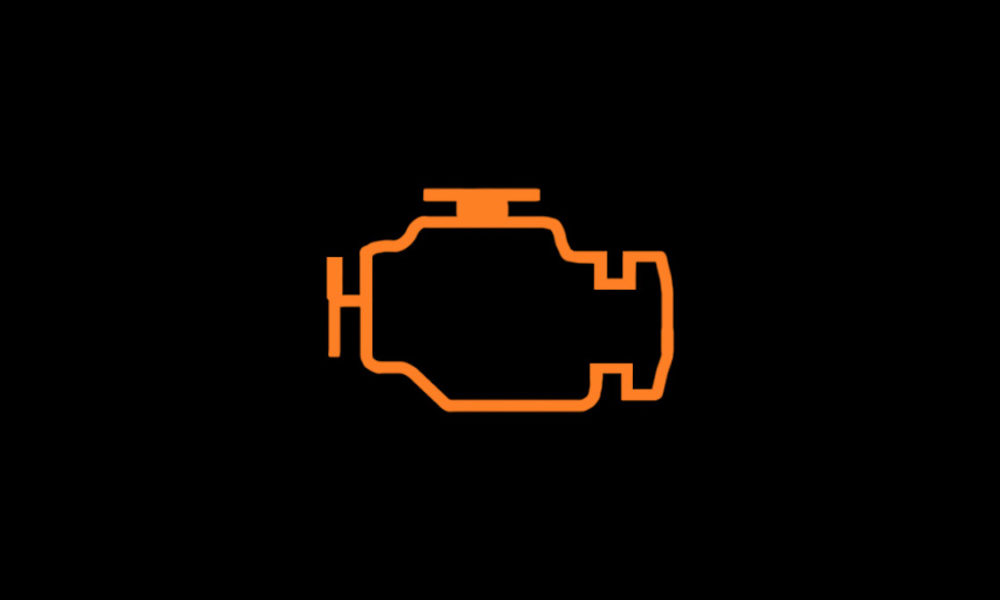The control engine light is part of the vehicle so called onboard diagnostics system. Since the eighties, computers increasingly have controlled and monitored car operation, modulating such variants as engine speed, fuel mixture, and ignition timing. In a few vehicles, the computer also tells the automatic transmission when to change. When it finds an issue in the electronic control system that it cannot correct, the pc turns on a yellow caution indicator that’s marked Test engine, Service engine soon or Test powertrain. Also to turn on the light, the computer stores perhaps a Problem code in its memory that recognizes the supply of the problem, such as a deteriorating detector or a misfiring engine.
The code may be read with a digital scan tool or a diagnostic pc, standard equipment in auto repair stores. There are also a number of comparatively cheap code readers which are designed for do-it yourselfers. Producers initially used the OBD system to assist technicians identify and troubleshoot failures. The systems now are expected under federal laws regulating automotive discharges. Even though bigger trucks happen to be exempt from the demand, that rapidly is transforming. Just what the OBD system searches for depends upon the make, model and year. The first systems varied widely in their abilities. Some did little more than check if the numerous electronic sensors and actuators were hooked up and working.
That changed by 1996, when, under OBD II rules, carmakers were needed to install an infinitely more sophisticated system that basically acts as an embedded state emissions testing station. The computer controls and adjusts dozens of parts and processes. It continuously runs exhaust emissions as they come out from the motor and again when they leave the catalytic converter, perhaps a device that moves carbon monoxide and hydrocarbon pollutants from the exhaust. The system also displays your vehicle fuel system to make sure that gasoline vapors aren’t escaping into the environment via a leak or a lose or missing gas cap. In many cases, if a problem happens, the pc may wait to see if it corrects itself before turning on the light. Modern OBD II systems are so accurate that state testing centers increasingly are examining for almost any stored trouble codes and foregoing the standard tailpipe emissions test. A few states are considering an enhanced OBD system that will permit them to do away with pollutants testing.
Comments
0 comments
